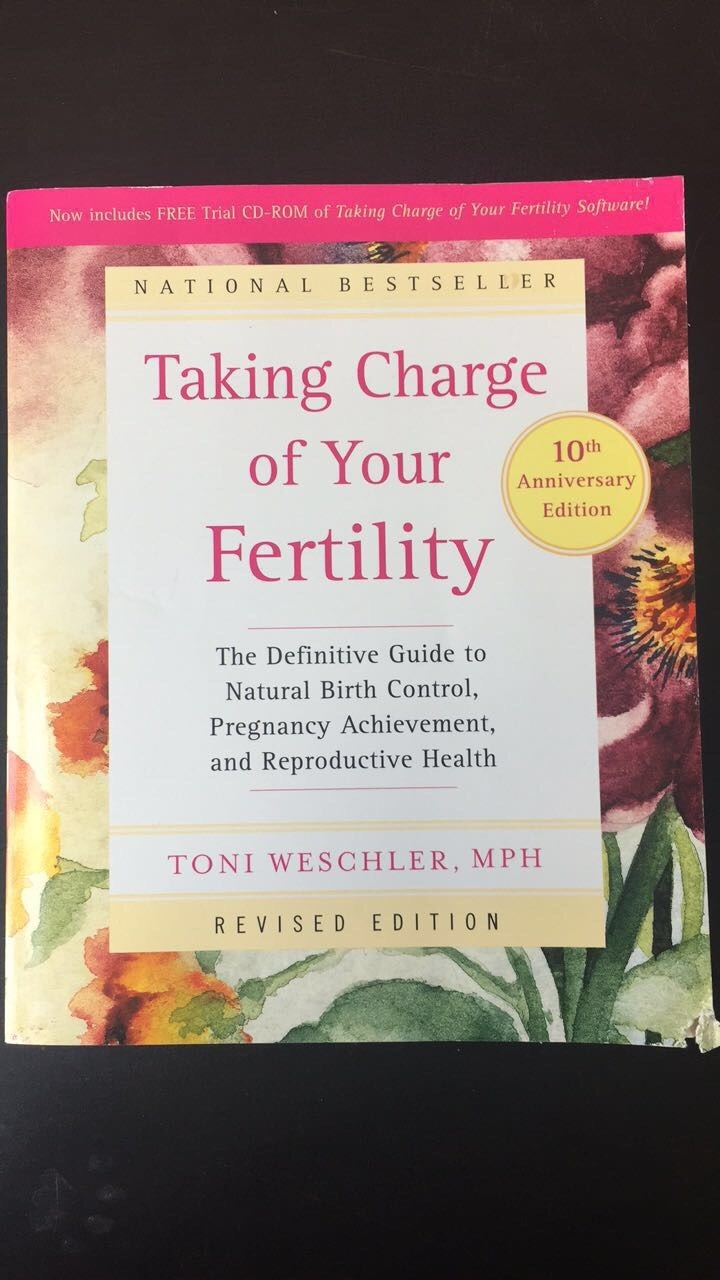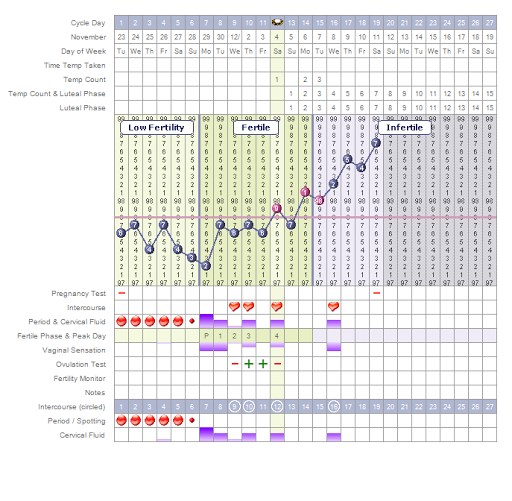


This is actually a very interesting question, because the answer is not intuitive. The Rhythm Method is the greatest obstacle to the acceptance of FAM and NFP as valid, effective methods of contraception, since it is often erroneously associated with the two, even though FAM and NFP are based upon scientifically validated principles which treat each cycle uniquely. * The Rhythm Method is an antiquated, obsolete, ineffective method of contraception which is based upon a strictly mathematical computation of the average of a woman’s past cycle lengths, with absolutely no daily observations to determine impending ovulation of each individual cycle. It is typically practiced by those individuals who think of the method more as a way of life and tend to be more religious-oriented. * Natural Family Planning (NFP) is virtually the same as the Fertility Awareness Method, but it requires abstinence during the fertile phase.

It allows for the use of a barrier contraceptive during the woman’s fertile phase. The three signs which are charted are waking temperature, cervical fluid, and cervical changes. It involves the daily charting of the primary fertility signs which indicate the fertile phase surrounding ovulation.

* Fertility Awareness Method (FAM) is the generic term used to describe all scientifically validated, natural forms of contraception. Finally, checking this way may provide some couples with more time for unprotected sex. The short answer is that it isn’t necessary to do so, although if you want to be even more conservative than the FAM rules require, or if you simply want to know your cervical fluid status ahead of time, it certainly couldn’t hurt (Remember that the cervical fluid you normally check at the vaginal opening might have taken several hours to trickle down from the cervical tip). And since it only takes seconds a day to check, my attitude is that for those few relevant days per cycle, you should just do it!Ī distinct but closely related question is whether those women using FAM for contracption should ever check their cervical fluid at the cervical tip. The bottom line is that complete familiarity with the changes in your cervix will greatly increase the confidence with which you observe your fertility and overall gynecological health. Once you recognize how your cervical position reflects your fertility, you will always be able to use it as a cross check whenever you find the slightest ambiguity in your other two fertility signs. At a minimum, I think you should practice checking in the days leading up to and just past ovulation, for the first few cycles that you’re learning the method. Although it is not necessary to check your cervix in order to practice FAM effectively, I urge you to learn how to do so.


 0 kommentar(er)
0 kommentar(er)
